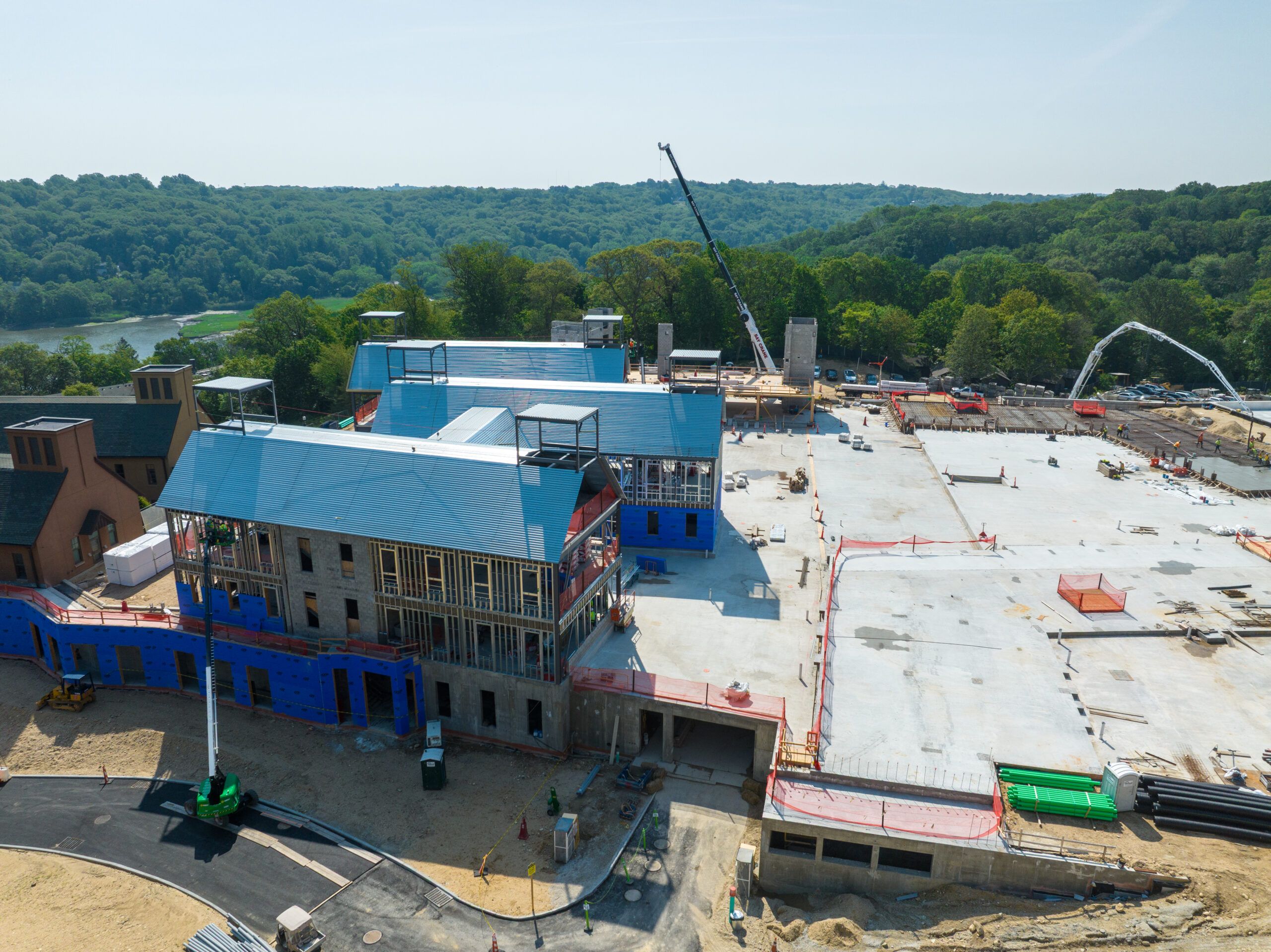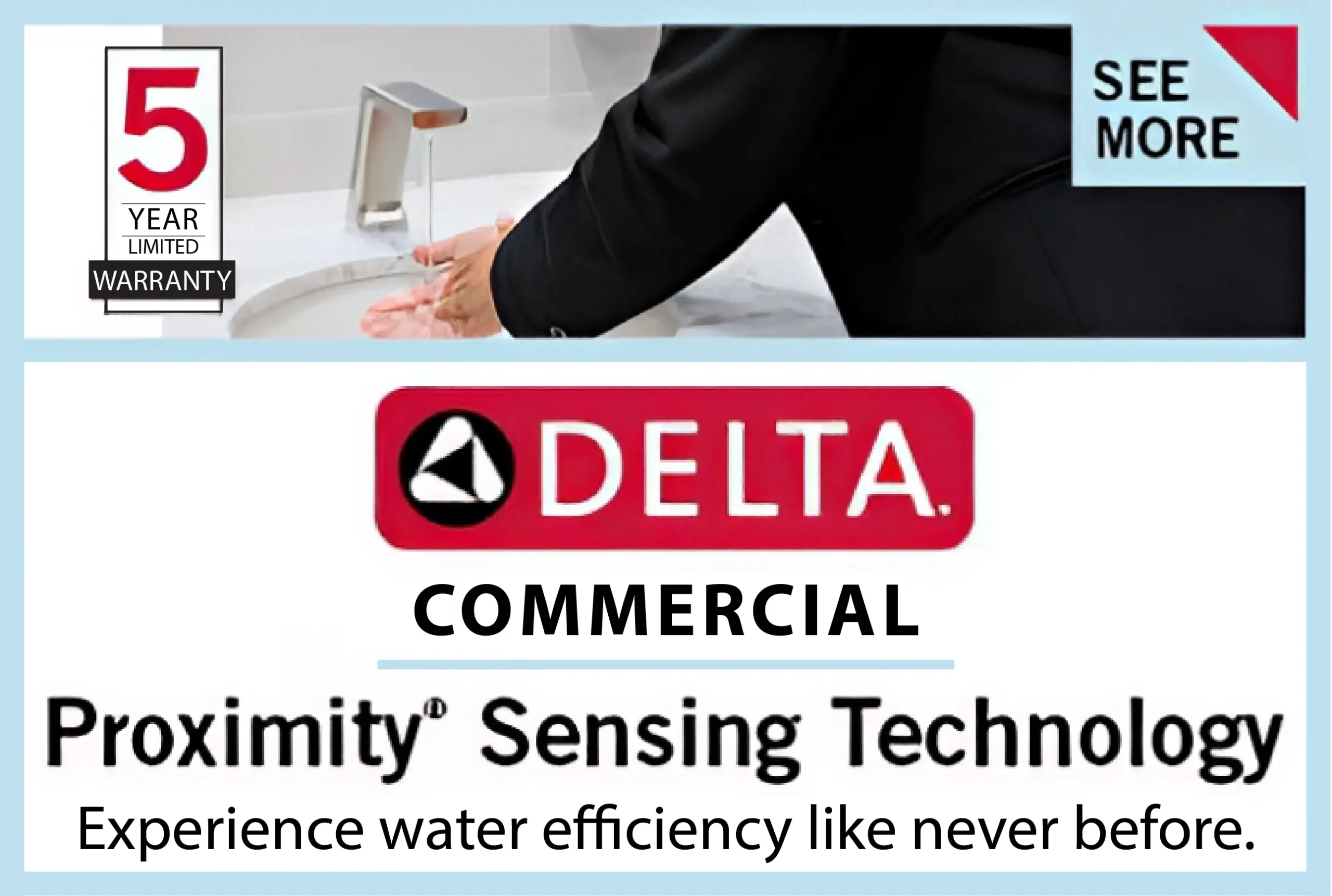In industrial environments, cutting-edge equipment and technologies are driving progress. These innovations are not only enhancing safety protocols. They’re also streamlining operations and solving challenges that were once unavoidable.
Safer practices combined with improved efficiency create a new standard for how industries operate today.
Boosting Workplace Ergonomics and Efficiency Through Exoskeleton Technology
Exoskeletons are wearable devices that assist workers in performing physically demanding tasks. These systems provide mechanical support, reducing the strain caused by heavy lifting or repetitive motions.
By lowering fatigue and decreasing injury risks, exoskeletons enhance workplace safety in industries like manufacturing and warehousing. They also increase productivity by enabling employees to maintain efficiency throughout long shifts.
Powered versions can further amplify strength, making challenging tasks more manageable.
Many companies now use this technology to safeguard worker health while optimizing performance during labor-intensive operations.
Improving Workplace Flow and Reducing Risks Using Trolley Operators for Commercial Doors
In industrial settings, controlling large commercial doors safely is critical.
A trolley operator plays a significant role by linking the garage door to its opener through a rail system, known as the trolley. This rail connects directly to the top panel of the door, ensuring smooth and controlled movement.
It holds doors in place securely and slows them when needed, thus reducing accidents that are common in high-traffic areas.
By minimizing risks like accidental closures, trolley operators enhance safety while maintaining efficient workplace operations.
Smart Sensors in Heavy Machinery to Ensure Accuracy While Protecting Workers
Smart sensors integrated into heavy machinery are revolutionizing industrial operations.
These sensors monitor equipment performance, detect potential malfunctions, and provide real-time feedback to operators. This ensures precision during tasks like excavation or material processing.
By identifying issues early, they prevent mechanical failures that could endanger workers. For instance, proximity sensors can halt machinery automatically when a worker is too close.
Additionally, these sensors improve accuracy in machine functions, reducing waste and downtime while increasing overall productivity.
This combination of efficiency and safety makes smart sensor technology indispensable in modern industrial environments.
Streamlining Material Handling Through AGVs While Minimizing Accidents
Automated Guided Vehicles (AGVs) are transforming how materials move within industrial facilities. These driverless machines transport goods efficiently across warehouses and manufacturing plants, reducing reliance on manual labor for repetitive tasks.
Equipped with advanced navigation systems, AGVs avoid obstacles and operate in pre-defined routes. This minimizes collision risks, protecting workers and preventing damage to equipment or inventory.
And their precision handling ensures faster operations with fewer errors compared to traditional methods like forklifts.
By streamlining workflows and enhancing safety measures simultaneously, AGVs improve both productivity and workplace security in industries handling large volumes of materials daily.
Enhancing Maintenance Accuracy and Reducing Hazards Using Thermal Imaging Equipment
Thermal imaging equipment has become a vital tool in industrial maintenance.
These devices detect temperature variations, revealing issues like overheating components or energy leaks that may not be visible to the naked eye.
By identifying potential problems early, this technology allows for precise maintenance scheduling, reducing unexpected breakdowns. It also prevents hazardous conditions from escalating, such as electrical failures or equipment malfunctions.
Maintenance teams use thermal cameras to inspect machinery while it operates. This eliminates downtime and ensures safety by keeping workers away from potentially dangerous situations during inspections.
Ultimately, thermal imaging boosts efficiency and reduces risks in industrial environments where precision is crucial.
Augmenting Process Control Through Advanced Industrial IoT Integration
IoT (Internet of Things) systems are reshaping how processes are monitored and controlled. By connecting machinery and sensors to a centralized network, these systems provide real-time data on things like equipment performance, energy usage, and production metrics.
This connectivity enables swift identification of inefficiencies or malfunctions, allowing operators to take immediate action. It improves safety by monitoring critical components for signs of wear or failure before accidents occur.
IoT integration also streamlines operations through automated adjustments in response to changing conditions. For example, smart systems can optimize energy consumption during peak hours without compromising output.
This combination of enhanced oversight and efficiency makes industrial IoT a key technology for modern process management.
The Takeaway
Advanced industrial equipment and technologies continue to redefine safety and efficiency. By adopting these innovations, industries will ensure productive and secure workplaces where both workers and operations thrive seamlessly together.











